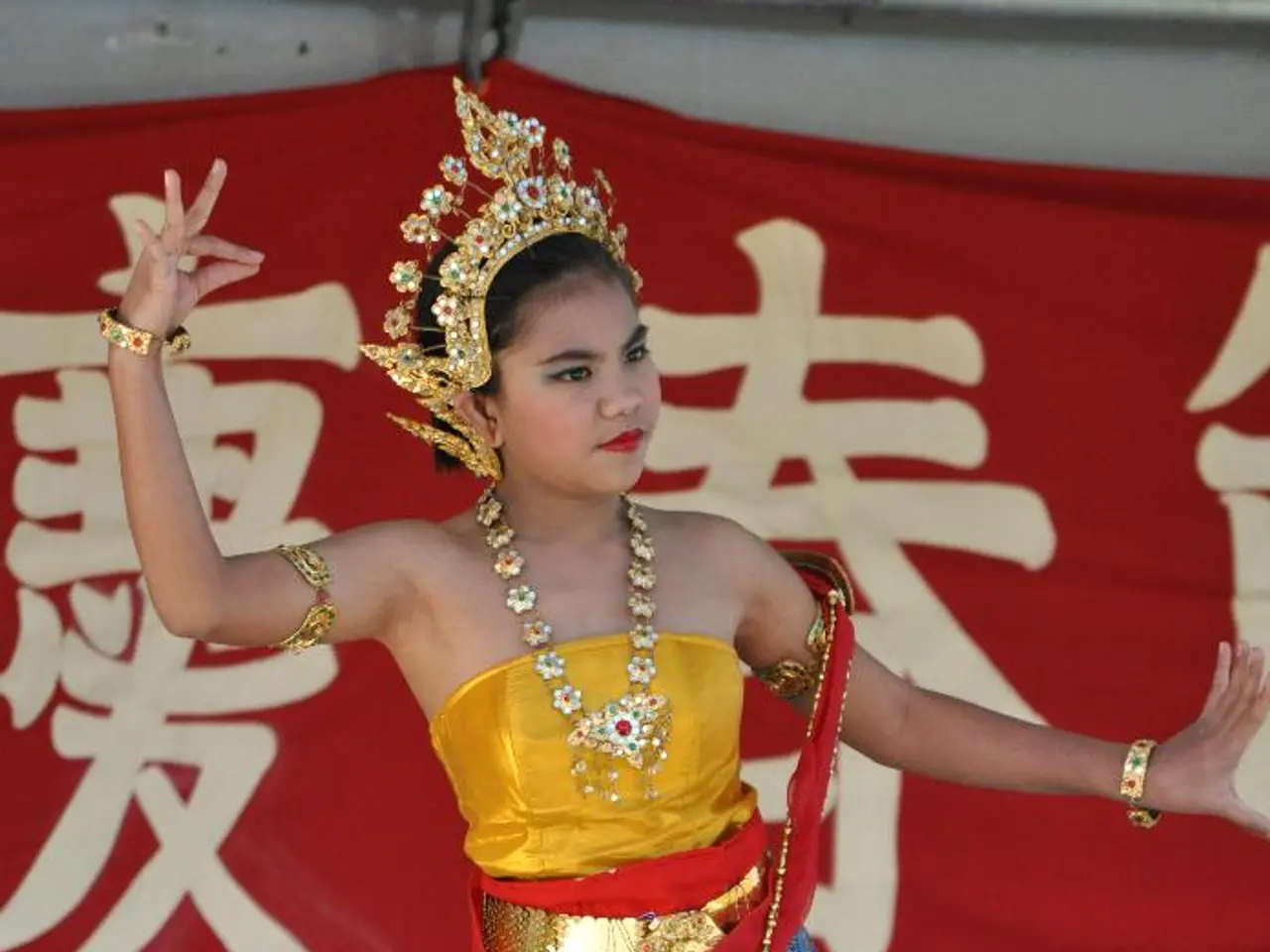Exploring the Influence of Cultural Elements in Asian Dramatic Series
Asian dramas have gained a significant following worldwide, captivating audiences with their unique blend of romance, drama, and cultural exploration. These productions stand out for their ability to depict the sweetness of young love while navigating complexities shaped by cultural norms.
One aspect that sets Asian dramas apart is their portrayal of internal conflicts, such as the struggle between personal dreams and family responsibilities. Elements like arranged marriages and the pressures to marry within one's social class create rich drama that mirrors our everyday lives.
Notable examples of Asian dramas include Chinese micro dramas, Pakistani popular dramas, and Korean dramas and films. These productions effectively address modern societal issues while preserving traditional cultural themes.
Chinese micro dramas, such as those coproduced by the Supreme People's Procuratorate, delve into contemporary legal and social issues. They maintain traditional Chinese values around family respect and societal harmony while engaging with modern law and youth problems.
Pakistani popular dramas, from 2018 to 2023, engage deeply with gender performativities, exploring the nuances of femininity, masculinity, female agency, and morality in the context of traditional South Asian values versus modern feminist perspectives.
Korean dramas and films are recognized for their modern reinterpretations of traditional culture and their bold portrayal of political and social issues. These works frequently dramatize modern and historical social struggles, helping to shape national identity and mobilize public engagement on social and political topics.
These dramas serve as cultural bridges by blending traditional elements with modern hybrid genres, making local issues more accessible without losing cultural authenticity. Viewers gain a more nuanced understanding of societal challenges, such as youth struggles, gender roles, and political history.
The dramas provoke discussions about identity by showing how traditional cultural norms can coexist, clash, or evolve with contemporary life. They encourage audiences to negotiate the balance between heritage and modernity in their own experiences.
Newer Asian dramas increasingly embrace feminist ideals, LGBTQ+ representation, and diverse character arcs. Characters in Asian dramas serve as mirrors, reflecting viewers' struggles and helping navigate difficult conversations about mental well-being, career aspirations, and societal pressures.
Asian dramas spark essential conversations about what constitutes healthy relationships in our ever-evolving world. They address contemporary issues, such as mental health and the stigma surrounding it, offering a brave attempt to dismantle taboos within many Asian communities.
Each Asian drama provides a window into rich cultures, fostering dialogues that transcend borders and unite us in our shared human experiences. Watching Asian dramas has broadened horizons, prompting the reevaluation of cultural norms and the narratives we uphold.
In summary, Asian dramas that weave together modern issues with traditional cultural themes act as powerful media for cultural reflection and education, influencing how viewers perceive societal challenges and their own identities within broader cultural contexts. They are at the forefront of the transformation in cultural narratives, signaling a move toward inclusivity. Asian dramas are more than just entertainment; they are a source of cultural awareness and understanding.
- Asian dramas, with their blend of entertainment and cultural exploration, showcase various societal issues, including mental health and gender roles, providing essential conversations that challenge and reshape cultural norms.
- By presenting unique portrayals of beauty, fashion, and lifestyle within various events and media platforms, Asian dramas serve as cultural bridges, allowing a deeper understanding of local issues without compromising cultural authenticity.
- Asian dramas, such as Korean dramas and films, are renowned for their representation of feminist ideals, LGBTQ+ characters, and diverse character arcs, providing a mirror for viewers to reflect upon and navigate their own struggles.
- Asian dramas not only entertain, but also educate, promoting inclusivity and awareness by highlighting contemporary issues and showcasing the evolution of cultural narratives, thus signaling a positive transformation in the way we perceive our world and identities.






